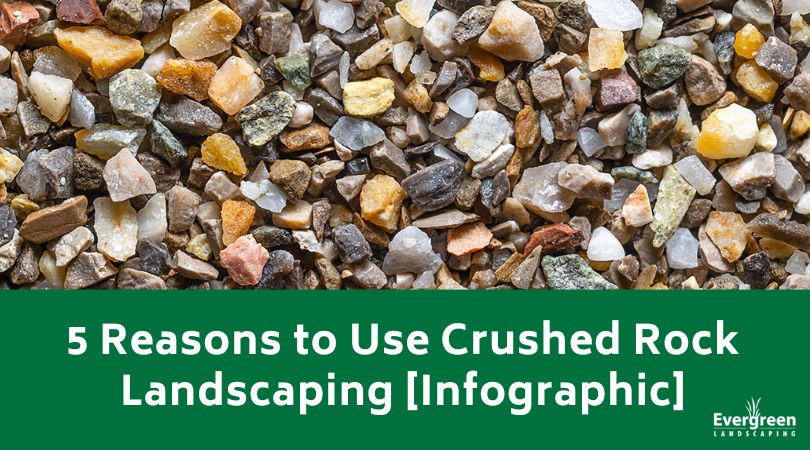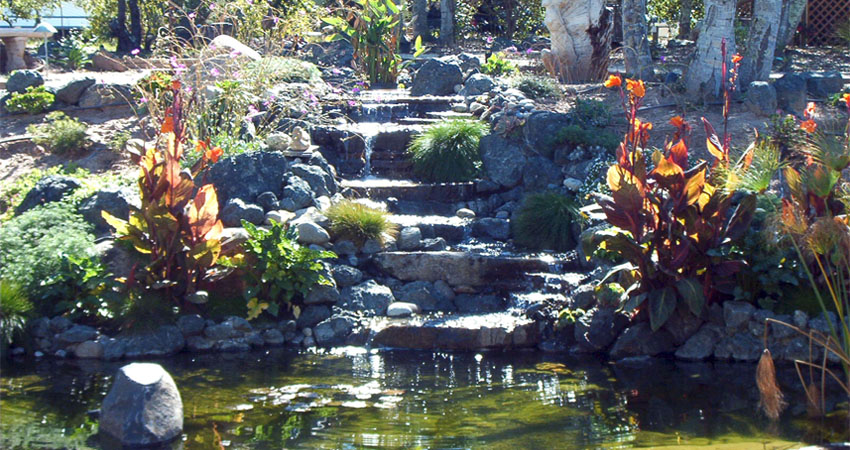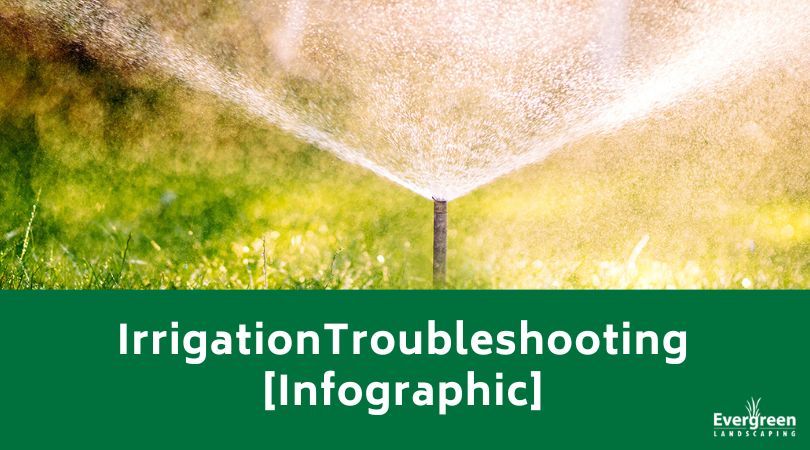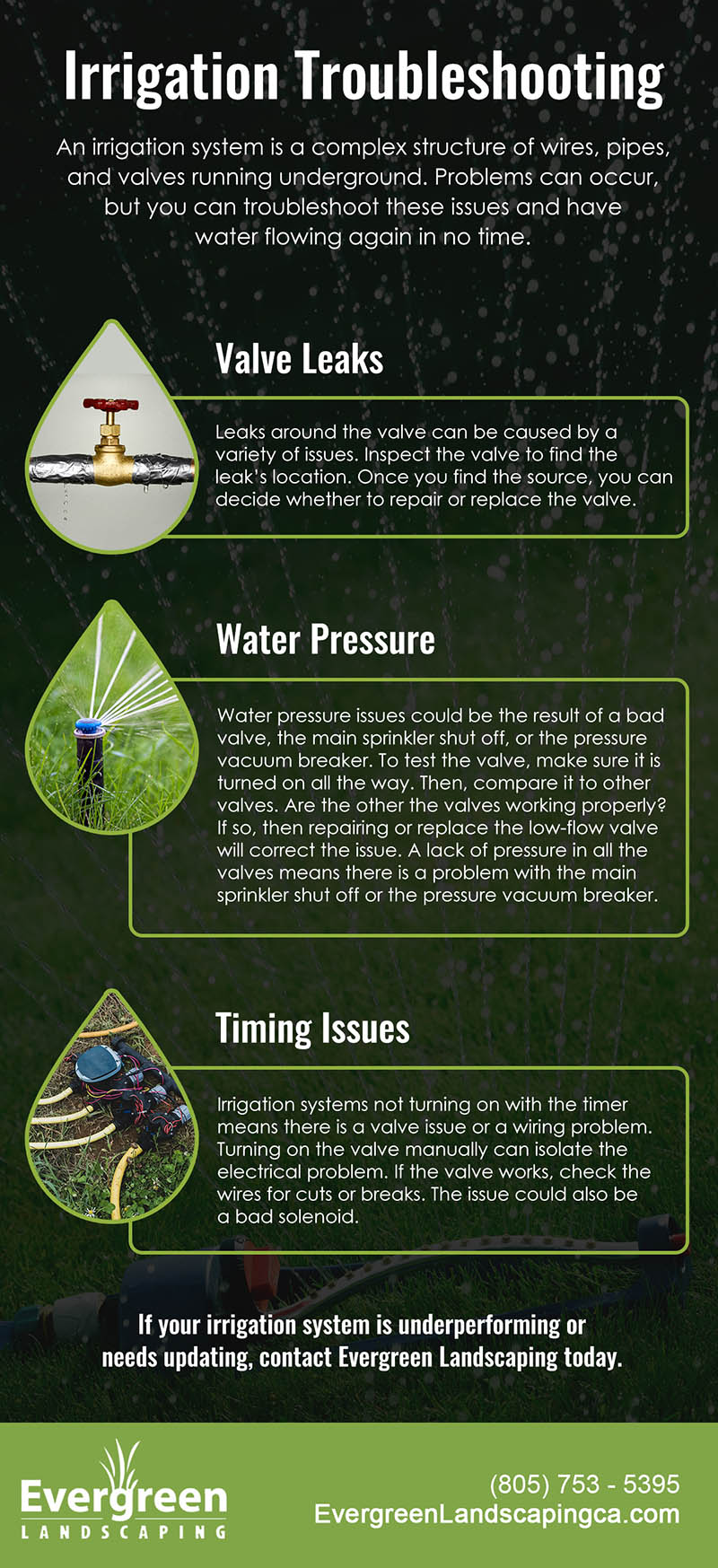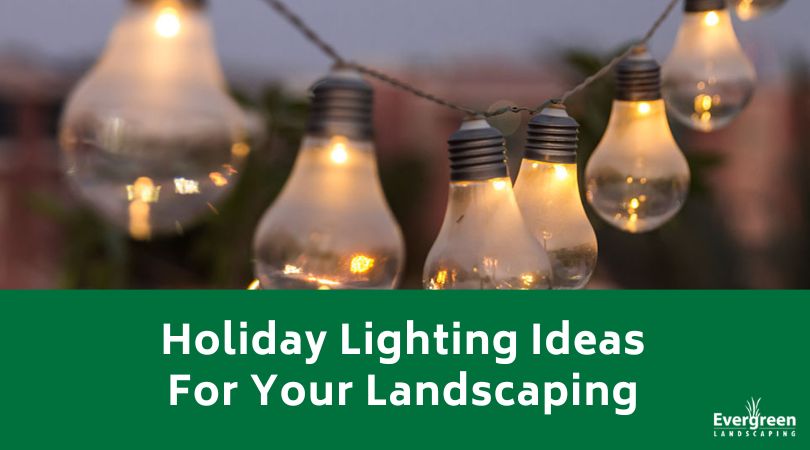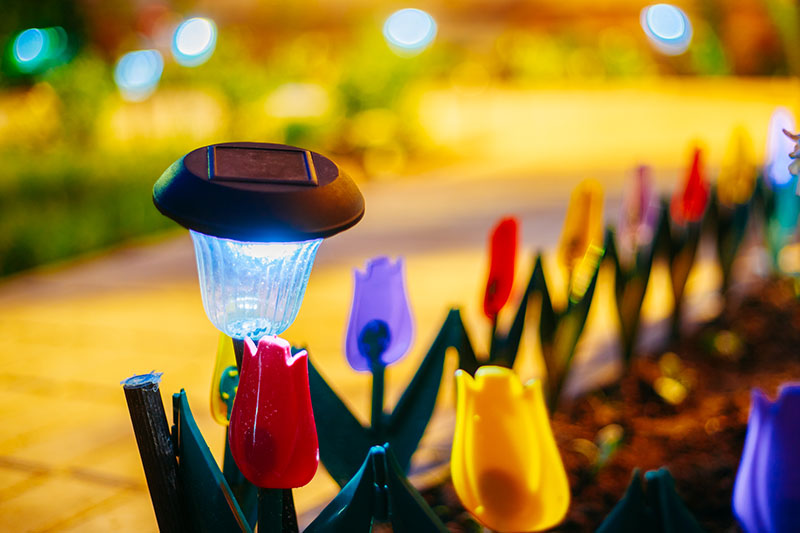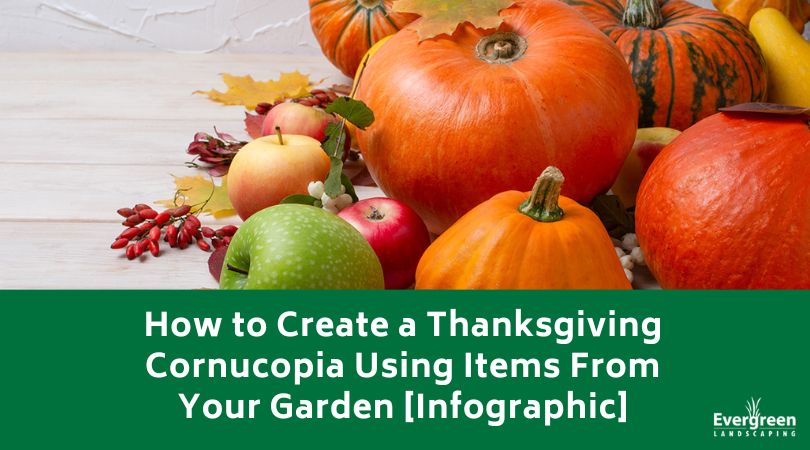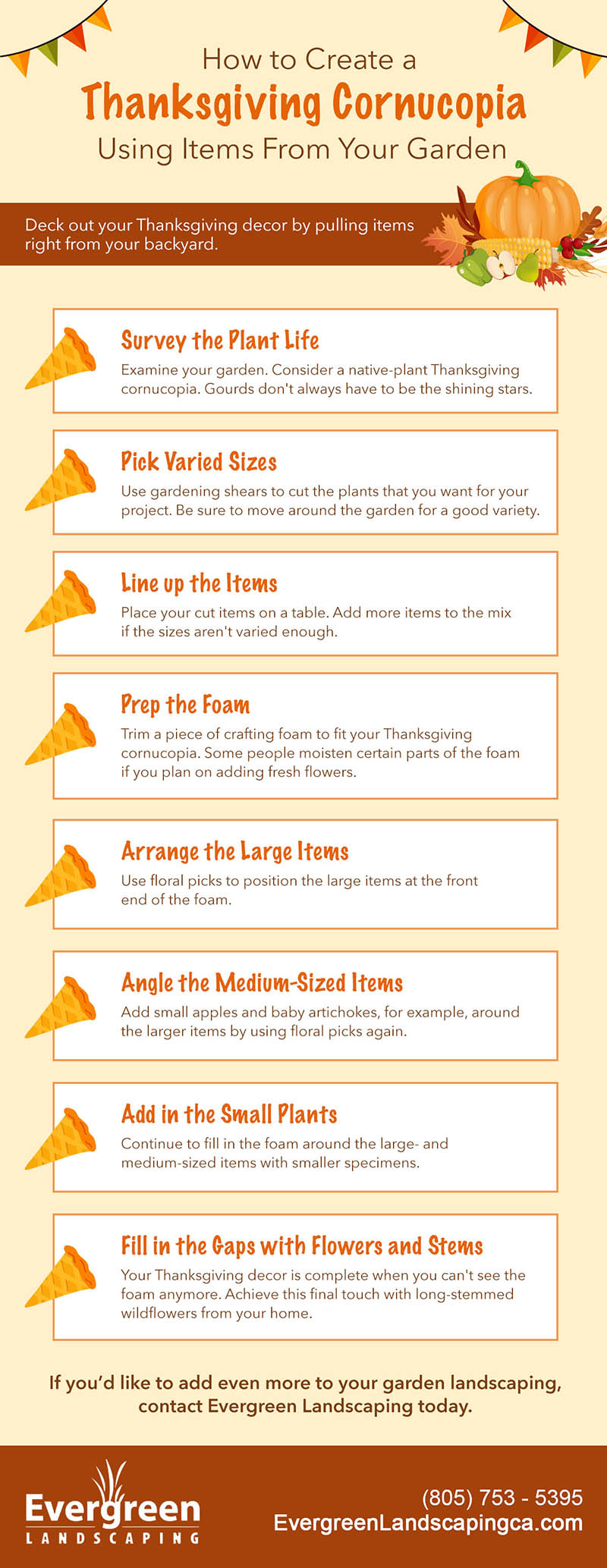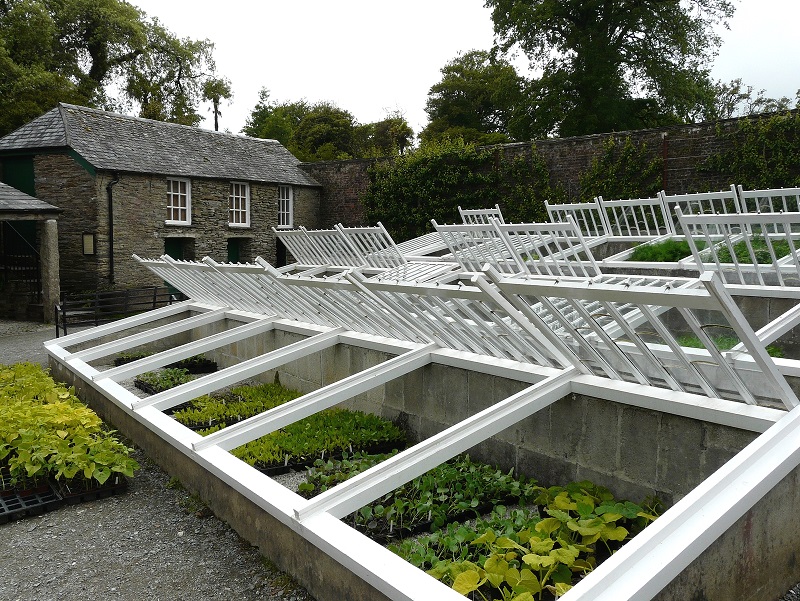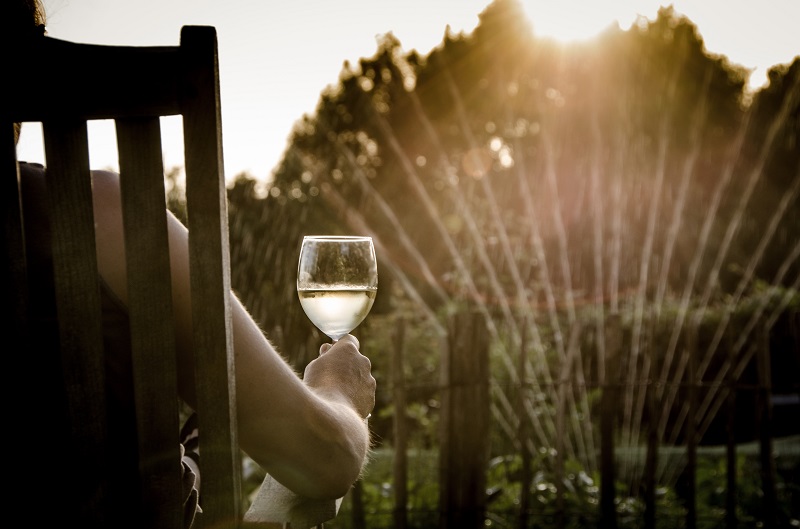
New Year, New Landscape: Great landscape ideas for 2019
Creating a new landscape for your yard can completely transform your property. The outdoor space is often the first thing visitors see when they visit. A beautifully landscaped home can leave a lasting impression on guests while being an extension of your home’s interior. The natural outdoor spaces accent the home and offers an inviting place for visitors. A new landscape is exciting and a great way to make your home even more relaxing. Whether it is a place for your children to run around or a spot to entertain guests, you can turn your yard into a special place this year.
Build a wine country garden
Anyone who has been to California wine country will have seen the gorgeous, lush gardens around the area’s homes and cottages. Building a wine country garden in your backyard isn’t difficult if you have the right elements. Plant lavender, rosemary, and irises in flower beds in your outdoor space. Not only will these look amazing, but they will smell great too. Next, you will need to add some small fruit trees. The combination of flowers and fruit trees offer a great contrast of colors, sizes and smells.
Sitting area
There is no better place to sit and relax than in your yard. You can create a pleasant sitting area to relax, meditate, or eat at in your outdoor space. After you select the area you want for your sitting area, place gravel on the ground to carve out the space. Surround the gravel with planets, bushes, and other green items. Add chairs and a table to the garden space to finish off your all-new sitting area. It is the perfect spot to start the day with a cup of coffee or sit after a day of work with a glass of wine.
Paved areas
Adding paved areas or stones to the yard can add a color contrast to your outdoor space. The paved areas provide a great spot to BBQ or host guests for parties. Paved areas don’t just provide a great area for parties, but they keep yard work at a minimum. Stones and paved spaces eliminate grass and other plants from the garden. By cutting down the grass space, you will lessen the amount of mowing you must do. You will also spend less time taking care of flowers and other plants.
Raised beds
Raised flower beds are a modern way to create a lush backyard. Raised flower beds not only make an outdoor space look great, but you won’t punish your back and knees gardening. They are simple, yet extremely effective ideas. Moreover, by sectioning off your plants into raised flower beds, you keep them from getting out of control. Plants stay in one place and are easy to maintain.
Artificial grass
Former Major League Baseball player Dick Allen once said about artificial grass, “If a cow can’t eat it, I don’t want to play on it”. In the 45-plus years since Allen’s famous quote, artificial grass has evolved greatly. Today, many homeowners use artificial grass in their backyards. It is perfect for small areas, yards that get little sunlight, or for homeowners short on time to maintain real grass. Artificial grass is also great for older people unable to mow their yards due to health issues. It is also great for people with small children to play on all year round.
Loose gravel and stone
If you have a yard that has difficulty growing grass or you want to lessen the amount of work you must do, then adding gravel and stone can transform your outdoor space. Whether it is your front or backyard, gravel and stone is perfect for a minimalist feel. Gravel and stone are both inexpensive and the color contrasts will make everything in your garden stick out in a good way.
Railroad tie steps and planters
Railroad ties (also known as railway sleepers) are extremely versatile when it comes to landscaping. One of the most popular ways to use railroad ties is to create flowerbeds with them. You can create a variety of sizes and shapes using railroad ties around the yard. One of the more interesting ideas for 2019 is to create a walkway using railroad ties as steps. Cutting long ties in half provides a great size for the steps. Place the railroad ties into the ground about six inches apart and fill in the space in between with gravel. You will have a great walkway to stroll in your garden.
By adding one or two new landscaping ideas for 2019, you can completely change your outdoor space. A new design can make your home feel as good as new. Want more ideas? Contact us today to help transform your yard into something you will enjoy year round.
